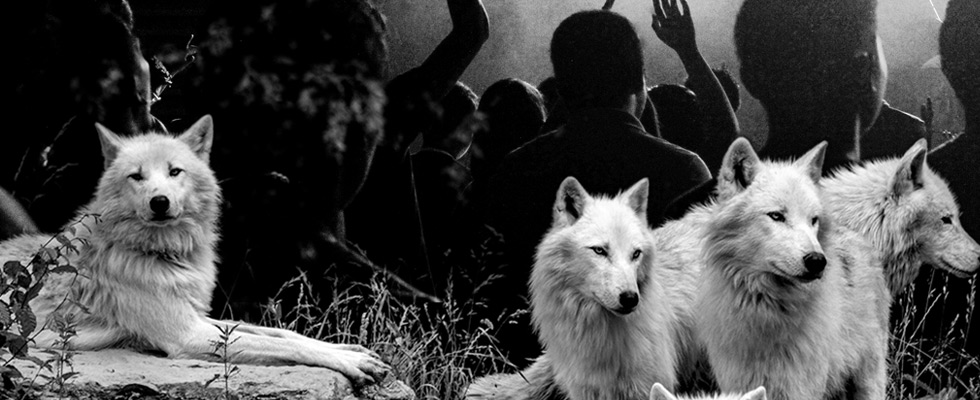
Differentiating your product, service, or brand is not only good. It is imperative. However, the marketer should not overlook the psychological importance of establishing brand parity before engaging in this practice.
In his book Predictably Irrational, Dan Ariely discusses the consumer behavior of herding. His theory is built upon decades of research which reinforces that, when making decisions, buyers need a point of reference from which to weigh their options. We rarely blindly pick that new car or cup of coffee. Rather, when considering a purchase, our subconscious is weighing the opportunity in front of us against our history with, and what we have learned about, the choice in question. Inexperienced marketers will forget that regardless of how new or radically different the product is, the customer needs to weigh it against like options to complete their decision. This is where brand parity comes in.
Brand parity is the attributes that all products of a specific classification share. Soda comes in 12oz cans. Cellphones include a charger and loaves of bread come with a twist-tie. These elements are of strategic importance for a number of reasons. Perhaps the most vital is that they set-up your product for proper differentiation. I will borrow Ariely Starbucks’ example to explain.
Anyone who has visited both a Dunkin’ Donuts and Starbucks knows that the two differ on many levels. Dunkin’ is a transactional business. Stores are designed for the customer to get a cup of Joe and get out. Sizes are easily labeled as Small, Medium, Large, and Extra-large. The ambiance is bright. The chairs uncomfortable and there is an overall “cafeteria” vibe throughout. Starbucks is designed for customers to hang out. Their stores are characterized by deeper-earthy tones. Lighting is soft and subtle. Customers are surrounded by expensive cups, grinders, and coffees they can buy to take home. Even the product sizes are labeled uniquely as Short, Tall, Grande, and Venti.
Regardless of these differences, the core product of both of these brands – the coffee remains similar. Both organizations serve theirs fresh, extremely hot, and provide basic accouterments to enhance the taste such as cream, sugar, and sweetener. Both serve their java with lids and offer drive-through service. It is this brand parity that helped Starbucks slip into the coffee game and then initiate the power of its product differentiation genius.
It may be hard to remember the first time you visited a Starbucks. If you can, you would probably recall it as a little overwhelming. I still have trouble remembering which size coffee I get. Is it the venti or the grande? However, when faced with that initial decision. You likely (even if you didn’t realize it) weighed the Starbucks’ option in front of you against something you knew. As an East-Coaster myself, that was Dunkin’. Since the Starbuck’s option was close enough. I mean it’s still just coffee, right? You were probably like me and gave them a shot.
Now that Starbucks’ brand parity with Dunkin’ has done its job to get you through the door it is time for the company to separate themselves with cohesive differentiation. This is when a company aligns all of their branding, packaging, and overall feel in a way that places them in a certain price range relative to their competition. For Starbucks, that position is “premium,” so they have aligned their brand pieces in a way to promote that ideal. The ordering process is refined and “classy.” Patrons ask for a “Venti” as opposed to an “Extra Large.” Customers are placed in a nicer atmosphere that encourages them to hang-out and pen their next screenplay. (This consequently increases the feeling that one needs to “pay rent” to stay longer and contributes to increased revenue per visit). When seated, patrons are surrounded by expensive cups, grinders, and coffees.
All of these elements work together to shift the consumer’s perception of where Starbucks sits in relation to other options such as Dunkin’. You still know that both Starbucks and Dunkin sell coffee and can give you that morning pick me up. However, the cohesive elevated experience you found at Starbucks has pushed it further away from your relative experience at Dunkin. It has now become harder for you to see them as similar and you lean towards one or the other moving forward.
The thing to keep in mind is that none of this differentiation would work without first establish brand parity. Your prospects need a reason to “jump ship” and check out your option. If you present yourself as too different… too radical, you will confuse them and they are more prone to stick with what is known. However, if you can find that unique balance between brand parity and differentiation. You too could become the Venti of your product world.



